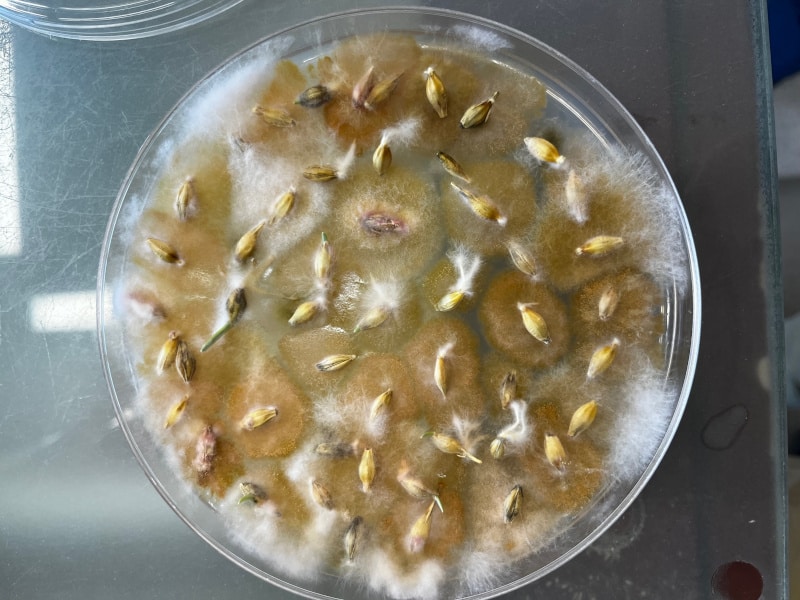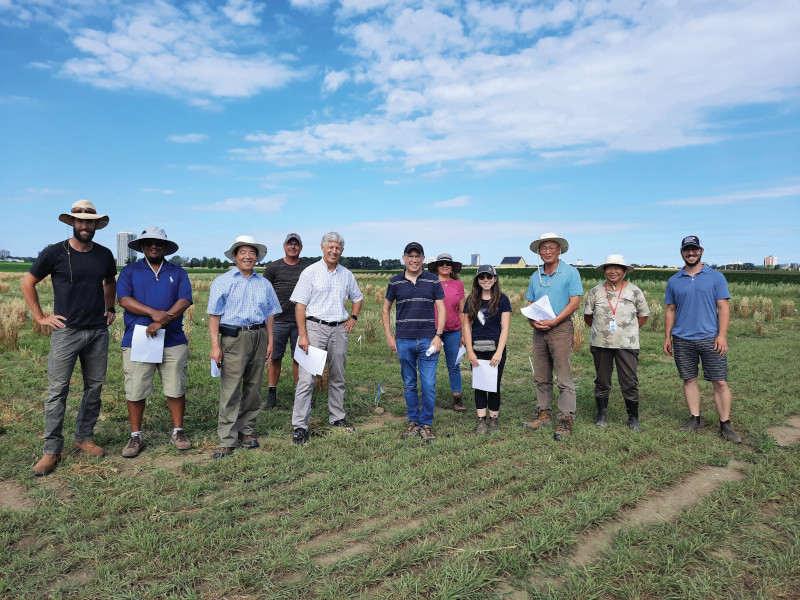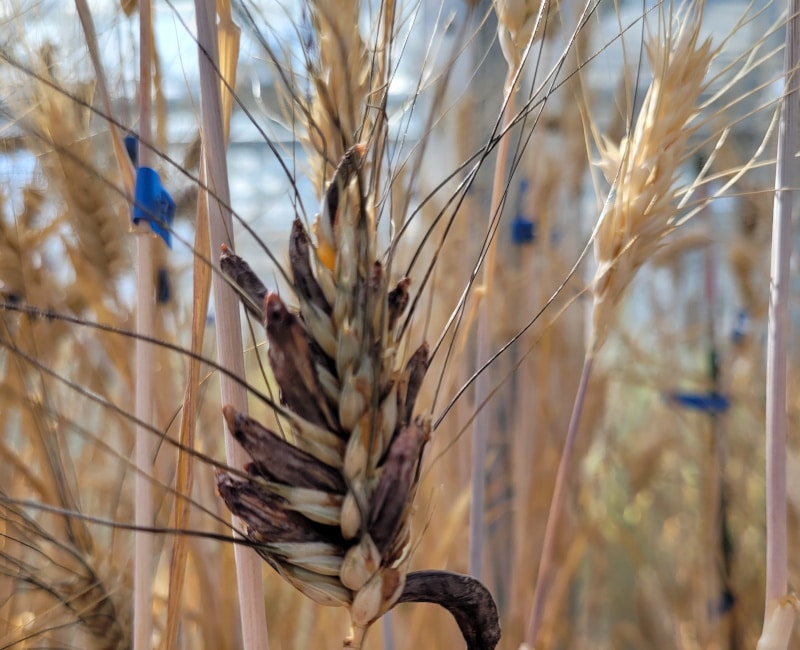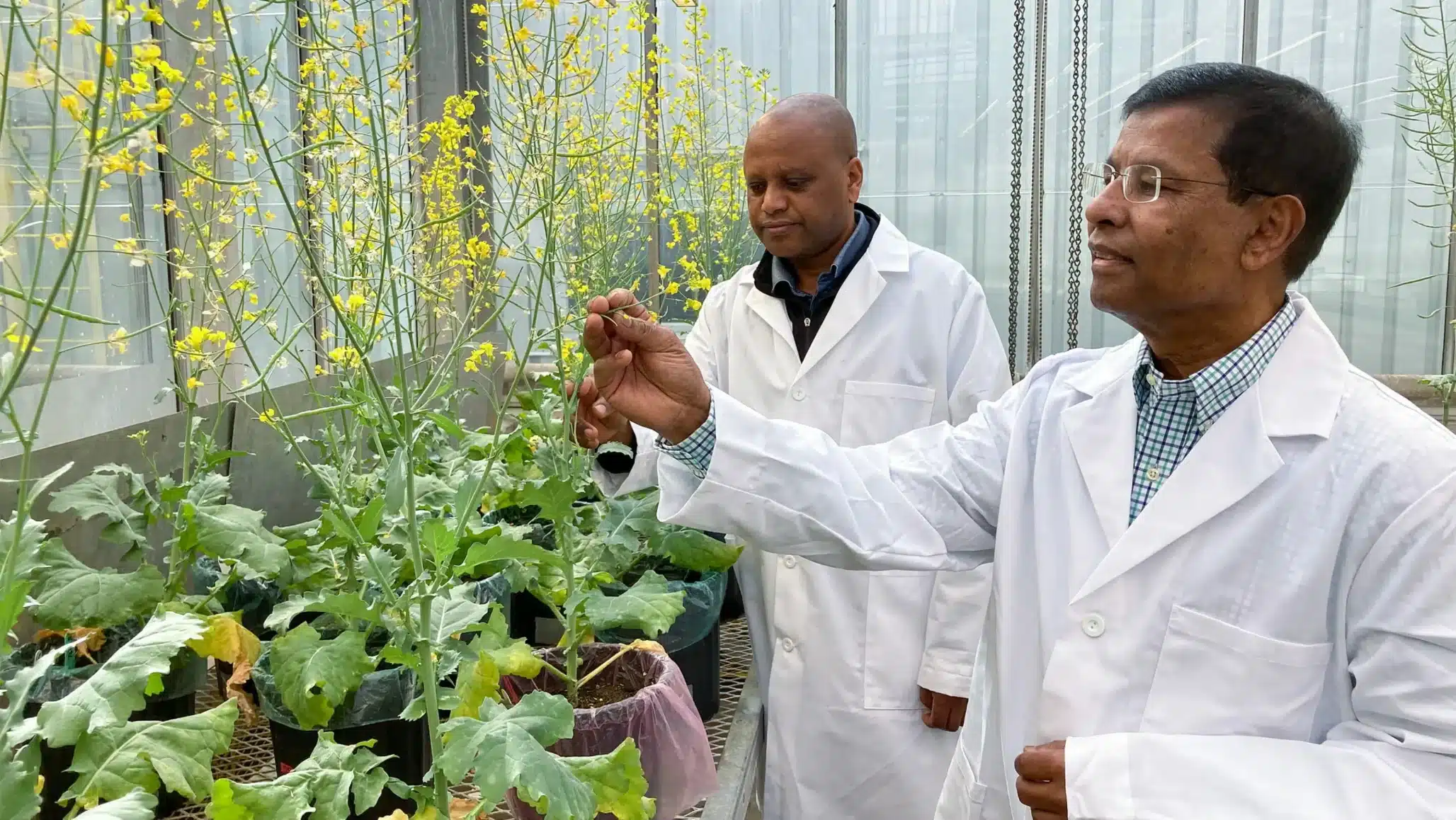Plants can exhibit some intriguing responses to stress. The initial stress this year came in the form of heat and drought. Interestingly, some crops thrive in such conditions, particularly if they receive a bit of moisture — like soybean, corn and other long-season crops.
This year, something unusual happened. Many plants began blooming again in July and August, not in the grand way they do in spring, but with small bursts of flowers. It’s as if they were responding uniquely to the quirks of this season.
The resilience of plants always piques my interest. Let me share an example from my garden, of all places: I had a row of peas that the birds absolutely loved to snack on this year. They kept nibbling away until I decided to protect them with a screen later in the season.
To my surprise, despite the earlier stress, those peas bounced back. Even as late as September, they were just two inches tall, but they flourished, producing pods and flowers as if they were determined to overcome adversity.
A similar phenomenon unfolded in many of our field crops. Initially stressed by challenging conditions, the plants seemed to have decided, “Okay, we faced hardships earlier, but now that we have some rain, let’s put energy into a second wave of growth.”
This second wave of growth leads to varying levels of maturity in a field. Having varying maturity levels within our crops can lead to some complications, especially when it comes to storing the harvested seeds. Varying levels of maturity can lead to some things to watch out for during storage, including:
- Moisture. Some seeds in the bins may be moister than others due to this uneven maturity. This can potentially give rise to storage issues, as well as challenges related to the seeds’ overall maturity.
- Seed damage. This usually comes in the form of mechanical damage the seed suffered during harvest.
- Dormancy. Late-forming seeds may exhibit high dormancy, meaning they won’t sprout or germinate as readily, while the early-forming seeds might have no dormancy at all. This discrepancy in dormancy levels can create a puzzle when it comes to planting and seed management strategies.
- Disease. We have had many tests come back positive for fusarium this fall — we are having samples with close to 50% Fusarium graminearum, which is very undesirable. Levels of infection are high. This fungal disease thrives in conditions of humidity and heat at the same time, meaning things can quickly get out of hand in the field in infected seed is planted.
2024 promises to be an interesting one in terms of seed testing. It’s still a bit too early to predict all the intricacies and challenges we might face, but the varying maturity levels within our fields have added an extra layer of complexity to our endeavors, making 2024 a year where adaptability and careful assessment will be key.
Sadly, some regions never received the much-needed rain and suffered from declared disasters. Yet, in areas that received rain later in the season, we’re witnessing some truly remarkable and unusual developments. It’s a reminder of the remarkable adaptability of nature and the surprises it has in store for us no matter how advanced technology becomes.
A seed lab can help you figure out and navigate these challenges, giving you valuable information regarding your seed quality and issues you might face during the 2024 season.













